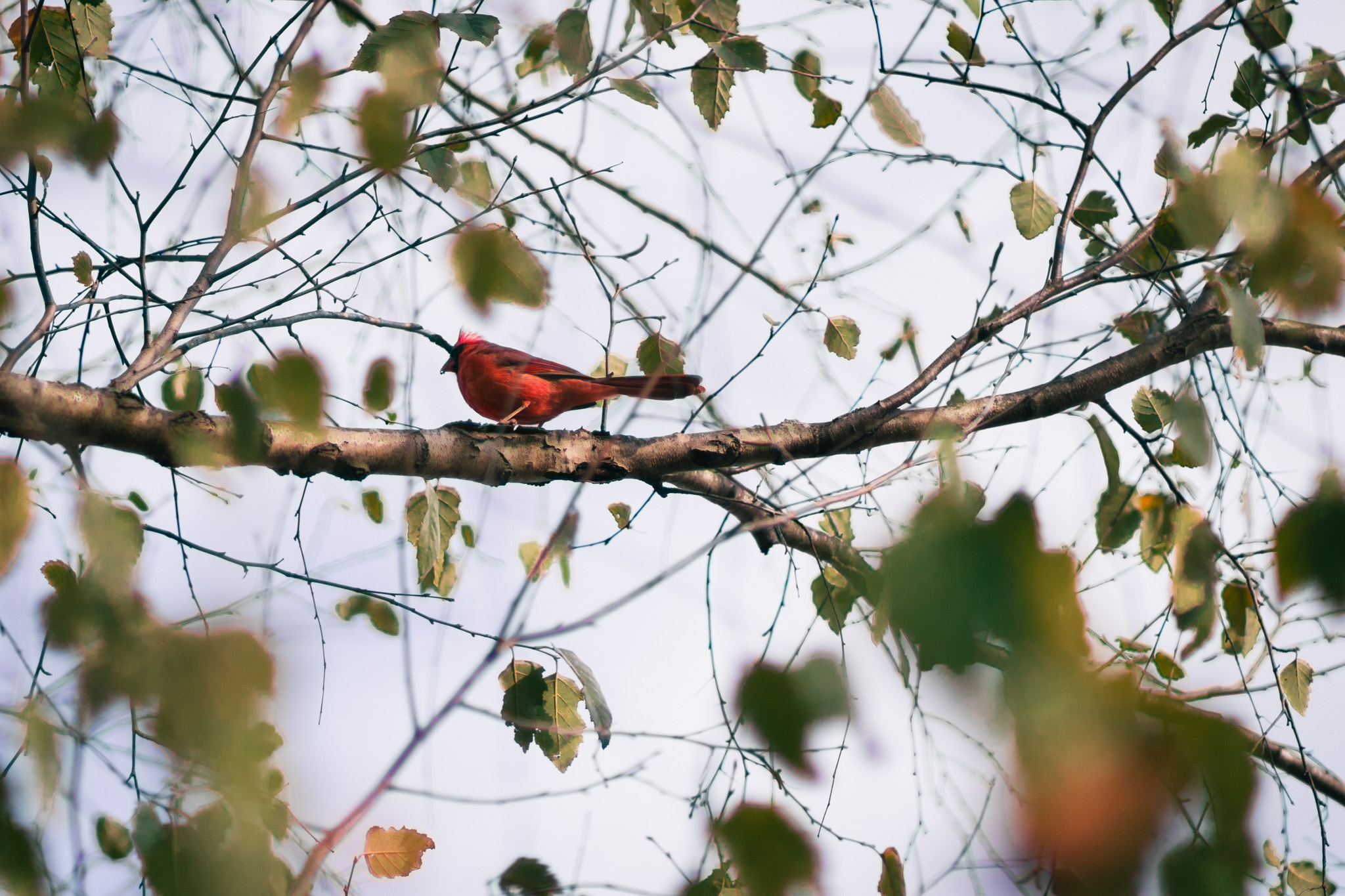Two University of Maryland researchers are working on a project to analyze COVID-19 transmission between wildlife and humans in urban settings.
Environmental science and technology associate professor Jennifer Mullinax and assistant professor Travis Gallo aim to investigate the potential transmission of respiratory viruses — including COVID-19 — from white-tailed deer to humans in the Washington, D.C., area. The pair hope to understand the most common points of contact between deer and humans to mitigate future respiratory outbreaks.
The $3.6 million project, funded by the U.S. Department of Agriculture’s Animal and Plant Health Inspection Service, will play a key role in understanding how to navigate future respiratory outbreaks after the COVID-19 pandemic, Mullinax said.
“We’re gonna have other kinds of respiratory issues,” Mullinax said. “We need to understand where are humans and wildlife species are coming into contact and what does that look like?”
Mathematics professor Abba Gumel said many human viruses are examples of zoonosis — viruses that are consequences of transmission from animals to human populations.
These diseases often spread among animal populations until human action destabilizes the natural habitat of those animals, and the disease is then transmitted to humans, Gumel noted.
“It’s the anthropogenic action, this man-made action, that makes us vulnerable to all sorts of disease,” Gumel said.
[UMD researchers’ ‘nose on a chip’ device could technologically replicate sense of smell]
According to the Centers for Disease Control and Prevention, more than six out of every ten known infectious diseases in humans can be transmitted from animals and three out of every four new or emerging infectious diseases in humans originate from animals.
Deer have high interaction with humans, which is why they are the research’s focal point, Gallo said.
“It seemed that we were having some spillover or some transmission from humans to deer,” Gallo said. “So there is concern that a disease like COVID … could stay in deer populations, evolve and new variants emerge that then could bounce back into human populations.”
Researchers will conduct the project in two phases, Gallo said.
The first phase will collect data on deer movement by monitoring wildlife cameras across cities and tracking the frequency of deer photos the researchers receive.
Mullinax said researchers will compare this data to human movement data that will consist of aggregated cell phone data captured around points of interest to show human traffic flow in and around urban green spaces.
Tracking these points of contact between deer and humans will help pinpoint locations where humans and deer are most likely to be active together and will help identify environmental characteristics that create hotspots of disease transmission, Gallo said.
“We’re comparing these areas where we have cameras to look for deer and where humans are in those general areas using their cell phone data to see if there’s high rates of overlap,” Gallo said.
[UMD researchers creating video-calling platform for inclusive workplace communication]
For the second phase of the project, researchers will place GPS collars on about 50 white-tailed deer in the Washington, D.C., area.
These collars will indicate a deer’s movement patterns and how close they are to each other to further investigate specific environments that may be major points of contact between white-tailed deer and humans, Mullinax said.
Mullinax said nasal swabs and blood samples will be taken from the deer to be tested for COVID-19 and other respiratory viruses. If a sample tests positive for COVID-19, it will be sequenced to identify the specific variants found, Gallo added.
Gallo and Mullinax hope the research will educate others about wildlife and human interactions and lead to novel mitigation techniques to manage future zoonotic disease outbreaks.
“Humans can infect wildlife just like wildlife can infect us,” Mullinax said. “If we’re worried about managing the wild population, we want to understand that just as much.”



